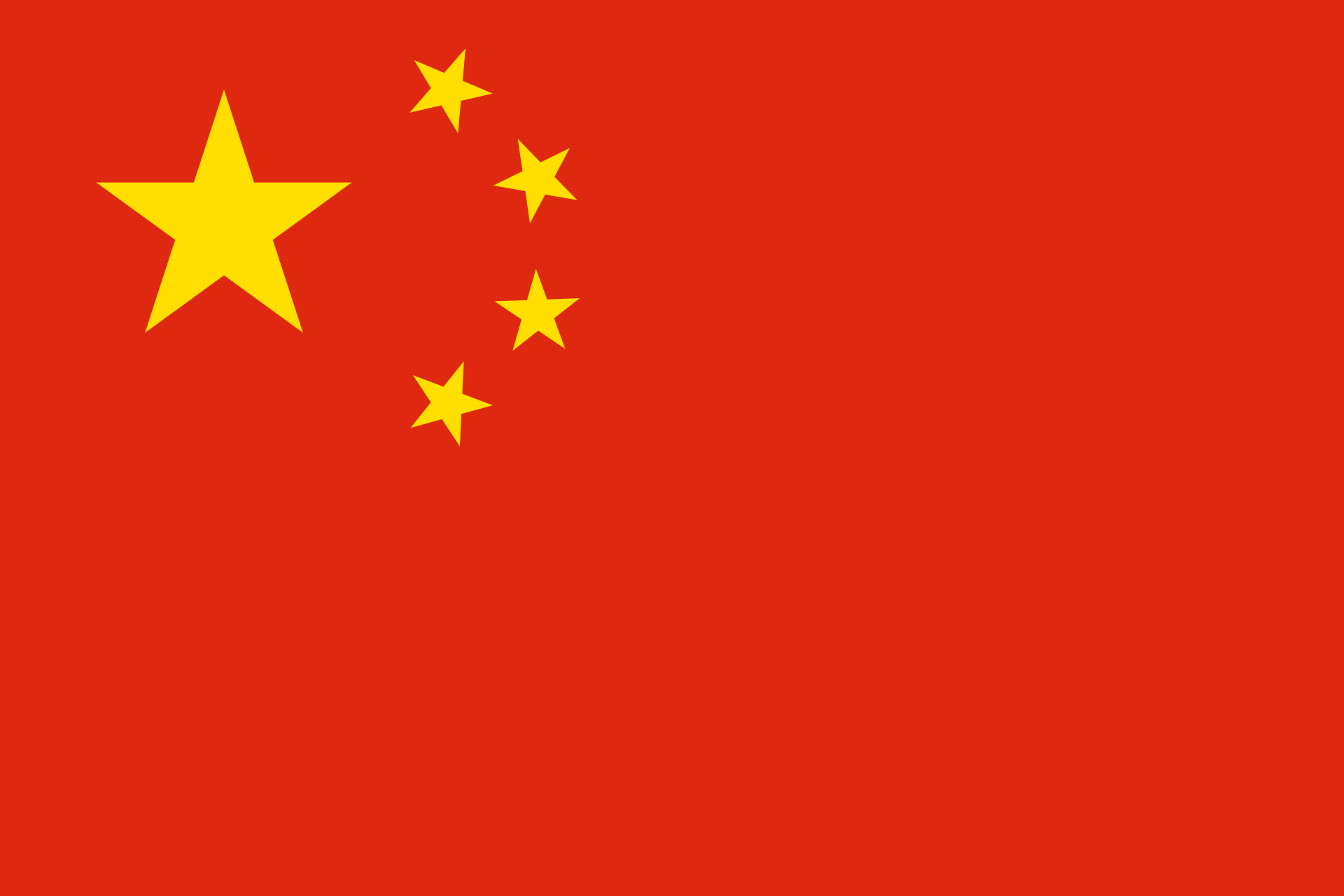Early transoceanic contacts between South and Southeast Asia
Buddhism had a significant influence on early trading networks. By the 2nd century BC, certain regions of mainland and peninsular Southeast Asia formed an integral part of trading networks. Buddhism was in favour of trade, and Buddhist monasteries were closely connected to trading groups. On the Indian subcontinent, monasteries were often situated along the trade routes, received important donations from merchants and became significant economic centres. The presence of objects of Indian origin in many sites in mainland and peninsular Southeast Asia indicates the dissemination of Buddhism along the oceanic trade routes.




